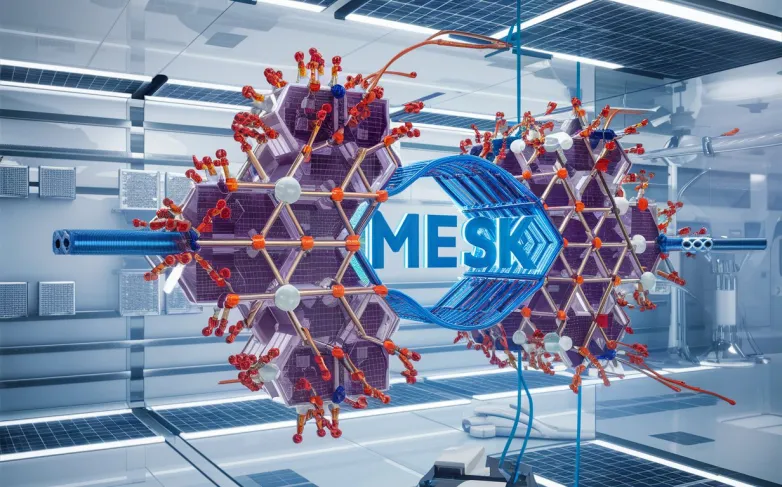Revolutionary MESK Bridge Boosts Perovskite Solar Cell Efficiency
- Revolutionary research from China's top institutions boosts efficiency and stability of perovskite solar cells, paving the way for commercialization.

Researchers at China's Central South University, Hunan Institute of Engineering, and Chinese Academy of Sciences have developed a strategy to improve the efficiency and stability of perovskite solar cells (PSCs). By incorporating a bridging layer called MESK between the tin oxide electron transport layer and the perovskite film, they were able to enhance charge extraction and transport, as well as passivate buried defects. This resulted in PSCs with a power conversion efficiency (PCE) of 24.67%, one of the highest for doctor-bladed PSCs, and PSC modules with a PCE of 19.45%.
The use of MESK interface bridging also led to excellent long-term stability, with PSCs maintaining more than 90% of their initial PCE after 1680 hours of storage in ambient conditions. This research provides a promising strategy for constructing high-performance interface bridges in large-area PSCs and modules fabricated via scalable doctor-blading processes in ambient conditions, bringing commercialization of high-efficiency perovskite solar cells closer to reality.
How did researchers improve efficiency and stability of perovskite solar cells?
- Researchers incorporated a bridging layer called MESK between the tin oxide electron transport layer and the perovskite film
- MESK layer enhanced charge extraction and transport, as well as passivated buried defects in the perovskite solar cells
- This resulted in PSCs with a power conversion efficiency (PCE) of 24.67%, one of the highest for doctor-bladed PSCs
- PSC modules with a PCE of 19.45% were achieved using this strategy
- MESK interface bridging also led to excellent long-term stability, with PSCs maintaining more than 90% of their initial PCE after 1680 hours of storage in ambient conditions
- The research provides a promising strategy for constructing high-performance interface bridges in large-area PSCs and modules fabricated via scalable doctor-blading processes in ambient conditions.
Also read

